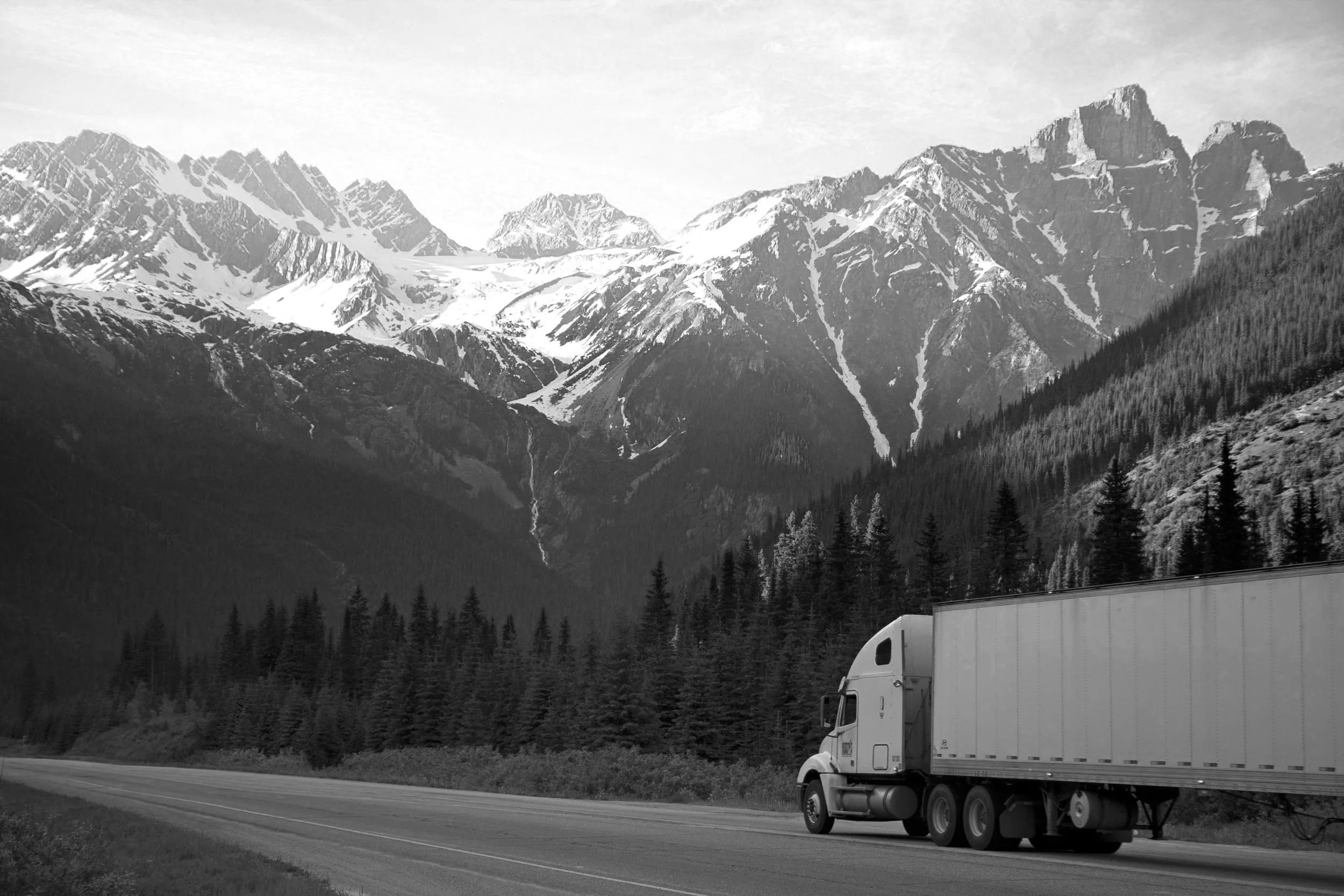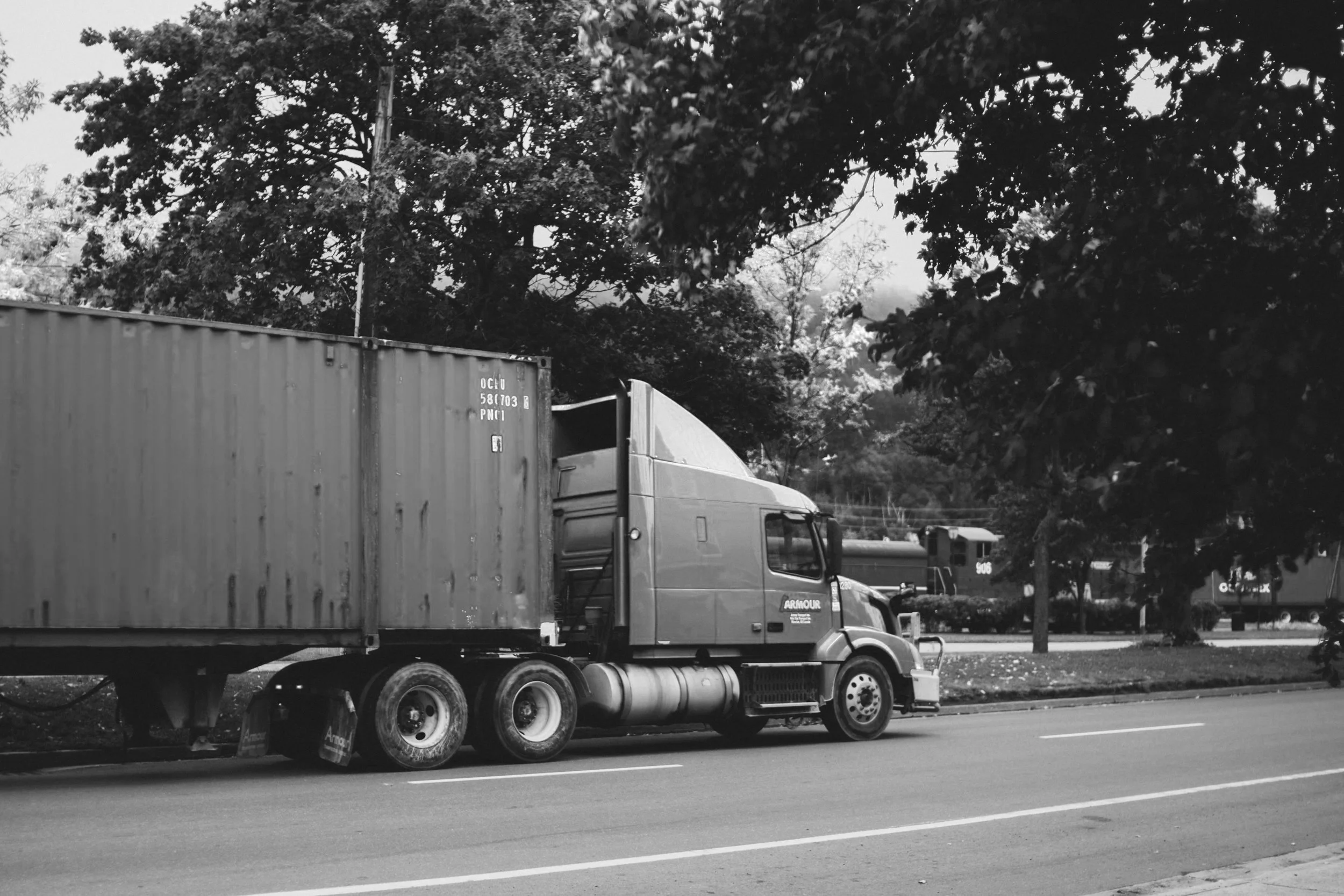
Full Truckload:
Full Truckload / Dry Van
Refrigerated - Temp Controlled
Flatbed/Conestoga/Step Deck
Drayage/Port Services
Specialized Services/White Glove
Full Truckload Capabilities:
Expedited - Team Driver
Multi Pick/Drop
Drop Trailer
Hazmat
Tanker Endorsed
If your business relies on moving full truckload freight, partnering with a trusted and seasoned freight broker like Philly Freight can elevate your operations and give you a competitive edge. With 3 decades of expertise, Philly Freight delivers:
Exceptional Customer Service: We lead the industry in personalized account management, offering customized solutions for businesses of all sizes and industries.
Robust Carrier Network: Access the right equipment, volume, and reliability for your shipments through our extensive network of trusted North American carriers.
Proactive Issue Resolution: Our early, solution-focused communication tackles freight exceptions, minimizing risks, controlling costs, and ensuring you exceed your customers’ expectations.
Round-the-Clock Support: Your supply chain runs 24/7, and so do we, with dependable staffing and support every day of the year.
-

DRY VAN - REEFER
Dry Van Transportation:
Function: Hauls non-perishable, dry goods like electronics, furniture, and clothing.
Cost: Generally, dry van rates are lower than reefer rates
Common Use: Widely used for long-distance hauling of various dry goods.
Security: Enclosed structure provides security for shipments.
Reefer Transportation:
Function: Hauls temperature-sensitive goods like produce, pharmaceuticals, and frozen items.
Temperature Control: Equipped with refrigeration units to maintain specific temperature ranges.
Temperature Range: Can maintain temperatures from -20°F to 80°F
Cost: Reefer rates are typically higher than dry van rates.
Versatility: Reefers can also transport dry goods if needed.
Common Use: Transporting perishable goods that require temperature control
-

FLATBED - CONESTOGA
Flatbed Trailers:
Open Design:
Flatbeds have a flat, open platform without walls or a roof, allowing for easy loading and unloading of various shapes and sizes of cargo using forklifts, cranes, or other equipment.
Versatility:
They are ideal for transporting oversized or irregularly shaped items, construction materials, machinery, and other loads that can't be accommodated in enclosed trailers.
Loading Flexibility:
Flatbeds allow for loading from the sides, top, or rear, offering flexibility in how cargo is handled.
Tarping Requirement:
Flatbed loads typically need to be covered with tarps for protection from the elements, which can be time-consuming and potentially cause damage.
Conestoga Trailers:
Retractable Tarping System:
Conestoga’s combine the open design of a flatbed with a retractable tarping system that provides weather protection and security.
Weather Protection:
The rolling tarp system shields cargo from rain, snow, wind, and road debris, making them suitable for sensitive or valuable items.
Reduced Risk of Damage:
The protective tarping system minimizes the risk of damage to cargo during transit compared to traditional flatbed tarping.
Easier Loading and Unloading:
The retractable tarp system allows for easier side and top loading, streamlining the loading process and reducing the time and effort required compared to tarping a flatbed.
Versatility:
Conestoga’s can handle a wide range of cargo, including oversized and irregularly shaped items, but may have a slightly lower weight capacity compared to flatbeds due to the added structure of the tarping system.
Cost:
Conestoga trailers tend to be more expensive to operate due to their specialized nature and potentially lower weight capacity
-

DRAYAGE
Drayage involves the transportation of goods, especially containers, over relatively short distances.
It's a specialized type of logistics service that often acts as the "first mile" or "last mile" in a longer shipping journey.
Historically, drayage was done with horse-drawn carts, but today, it's primarily handled by trucks.
Drayage is essential for moving containers between different transportation hubs, such as ports, rail yards, and warehouses.

